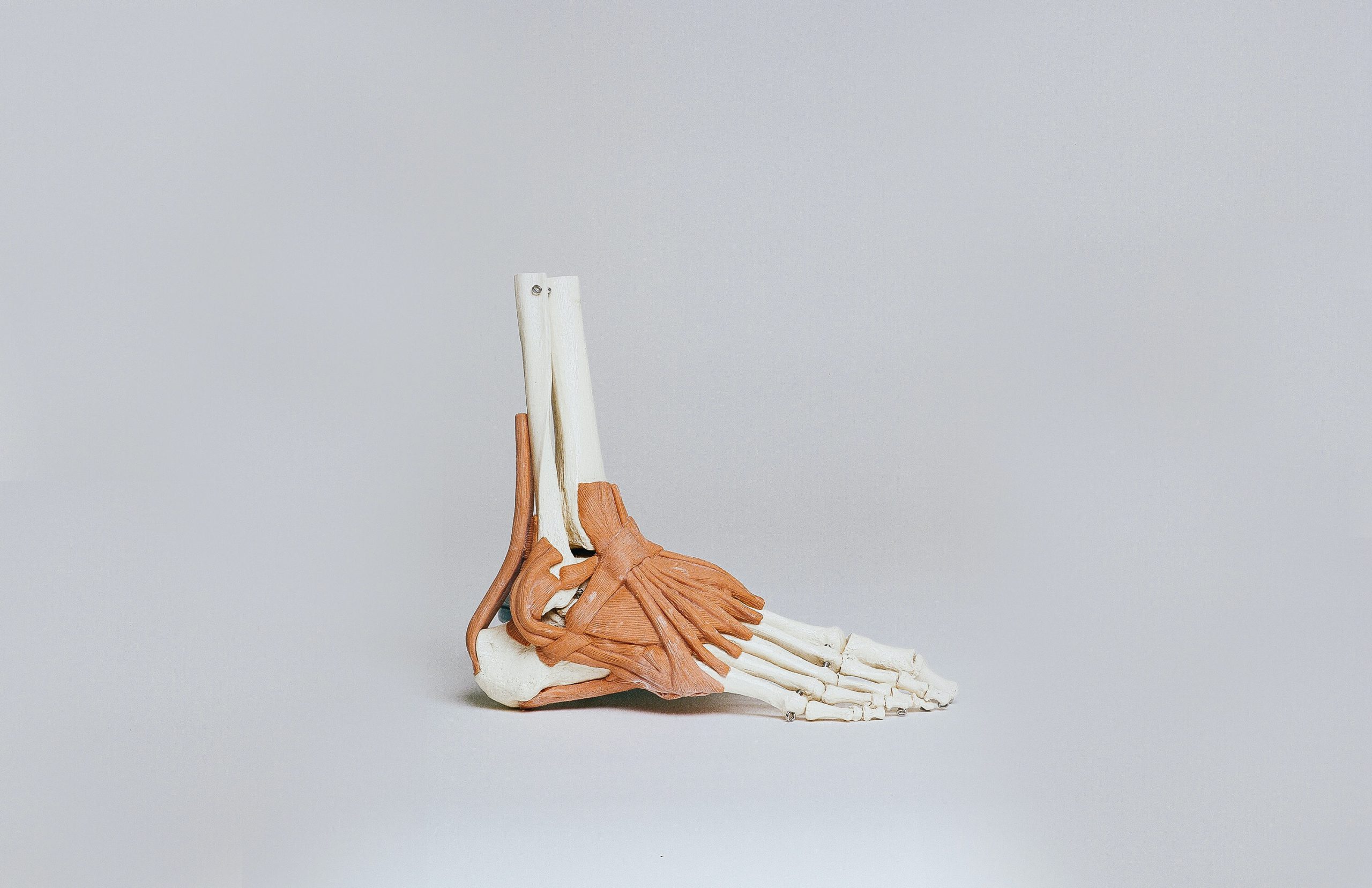Facet Syndrome
What is Facet Syndrome?
Facet Syndrome is a painful condition affecting small but very important joints located between the single vertebrae along the whole spine. These joints play a crucial role in providing stability and facilitating adequate movements in the backbone. However, when these joints become dysfunctional, it can lead to persistent pain and significant discomfort, considerably limiting the quality of life of the sufferer.
Anatomy of the Spine and Individual Vertebrae
The spine consists of a succession of overlapping vertebrae, divided into three main regions: the cervical, thoracic and lumbar regions Every single vertebra is interconnected with the one above and below by a pair of facet joints, consisting of an upper and a lower facet joint. These joints in turn consist of the articular processes of the two vertebrae, the joint capsule and some intra-articular structures, in particular a sort of meniscus.
Due to their disposition, facet joints do little to support body weight.
They do however play a fundamental role in guiding and limiting the movements of the spine. In this sense, they protect the intervertebral disc from excessive shear forces and torsion.
The symptoms of Facet Syndrome and their role in chronic back pain
Facet Syndrome can appear along the whole spine, but the most affected areas are the cervical region (where it can cause a “stiff neck”) and lumbar regions, where it causes lumbago.
The symptoms and prevailing signs of Facet Syndrome include:
- Mild to severe lumbar pain, usually on one side (the side that corresponds to the dysfunctional facet joint)
- The pain is often sharp and targeted, felt by the patient in a precise area of the back
- In some cases, the pain may run down the buttocks and leg
- Pressing on the area where the facet joint is located causes pain
- The pain increases when stretching the spine
- There is no or little pain when bending the spine
- There is no or little pain when sitting or lying
- Negative neurological tests
- Test neurologici negativi
Lumbar Facet Syndrome
Facet joint dysfunctions can be divided into two separate groups:
- Acute joint disorders
In this case the spine feels blocked, usually when standing up. A sharp pain prevents the patient from standing up straight, so they remain bent over (popularly known as “back strain”). One possible cause of this acute strain seems to be the small meniscus inside the joint which gets “stuck” when moving from the bent to the upright position.
- Degenerative changes due to age
Here we are talking about arthrosis of the facet joints (spondyloarthropathy), which usually occurs with age. This condition does not necessarily lead to clinical disorders, which usually occur only when combined with a degeneration of the intervertebral disc and/or the vertebrae.
Physiotherapy for treating Facet Syndrome
Physiotherapy plays a fundamental role in treating facet syndrome. A professional physiotherapist can draft a specific treatment plan, the aim of which is not only to ease the pain but also to understand the causes of the dysfunction and improve the patient’s overall state of health.
The most common methodologies include:
- Manual therapy: passive joint mobilisation and vertebra manipulation techniques, aiming to unlock the dysfunctional joint
- Therapeutic exercise: active mobility exercises to increase flexibility and strengthen the stabiliser muscles in the spine
- Instrumental therapy: Ultrasound or Tecar with pain-relieving effects, to increase vascularisation and relax the muscles
Prevention and Good Habits
Facet syndrome can be prevented by adopting a few healthy habits. Keeping a correct posture during daily activities, and particularly when working, is a crucial factor. It is important to avoid sudden or repetitive movements which could overload the joints. Another very useful habit is to include an exercise routine in your weekly schedule, not only to strengthen the back muscles but with a series of stretching, mobility and flexibility exercises aiming to maintain a healthy spine over time.
To conclude, facet syndrome can be very painful for the patient and a tough challenge for the physiotherapist, who has to intervene immediately to reduce the symptoms. However, with the correct understanding of the anatomy of the spine and the root of the problem, appropriate manual assessment and a targeted intervention, the condition can be tackled effectively. Prevention, based on the adoption of correct habits and the constant effort to maintain physical well-being, plays a decisive role in guaranteeing the long-term well-being of the whole spine.









